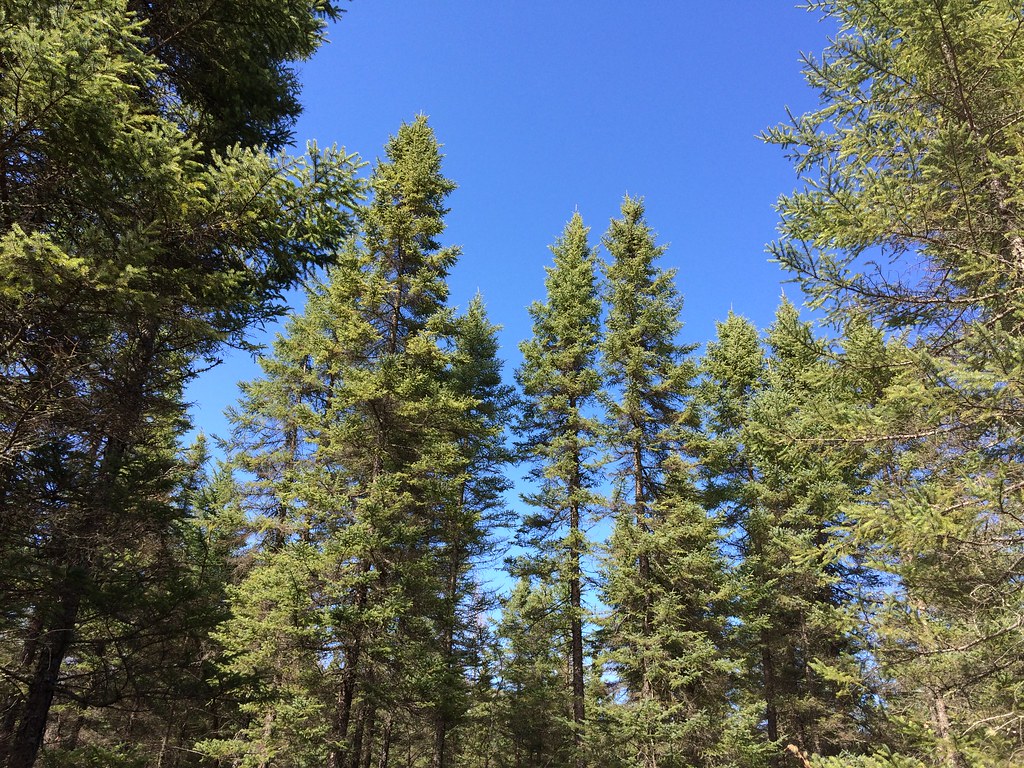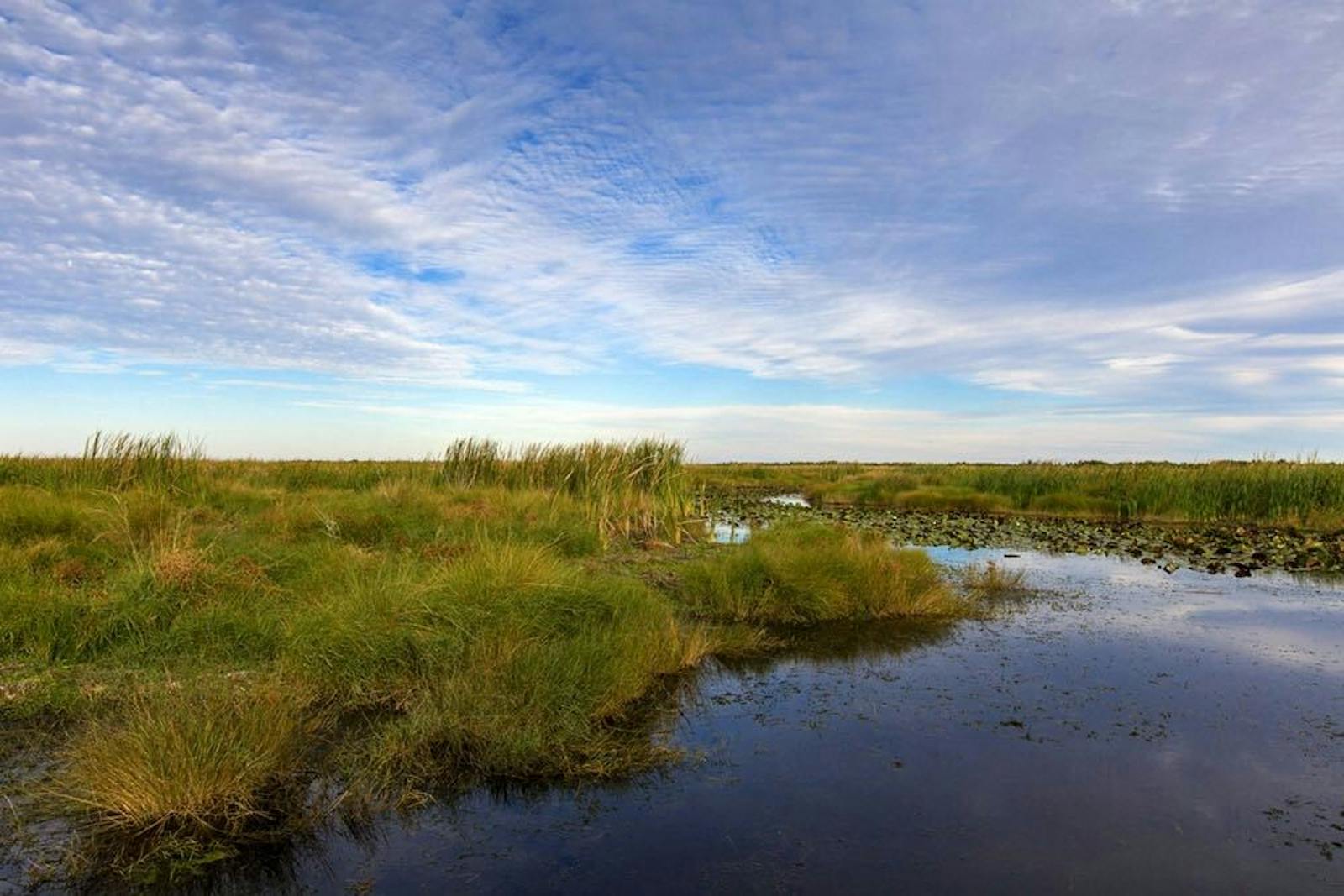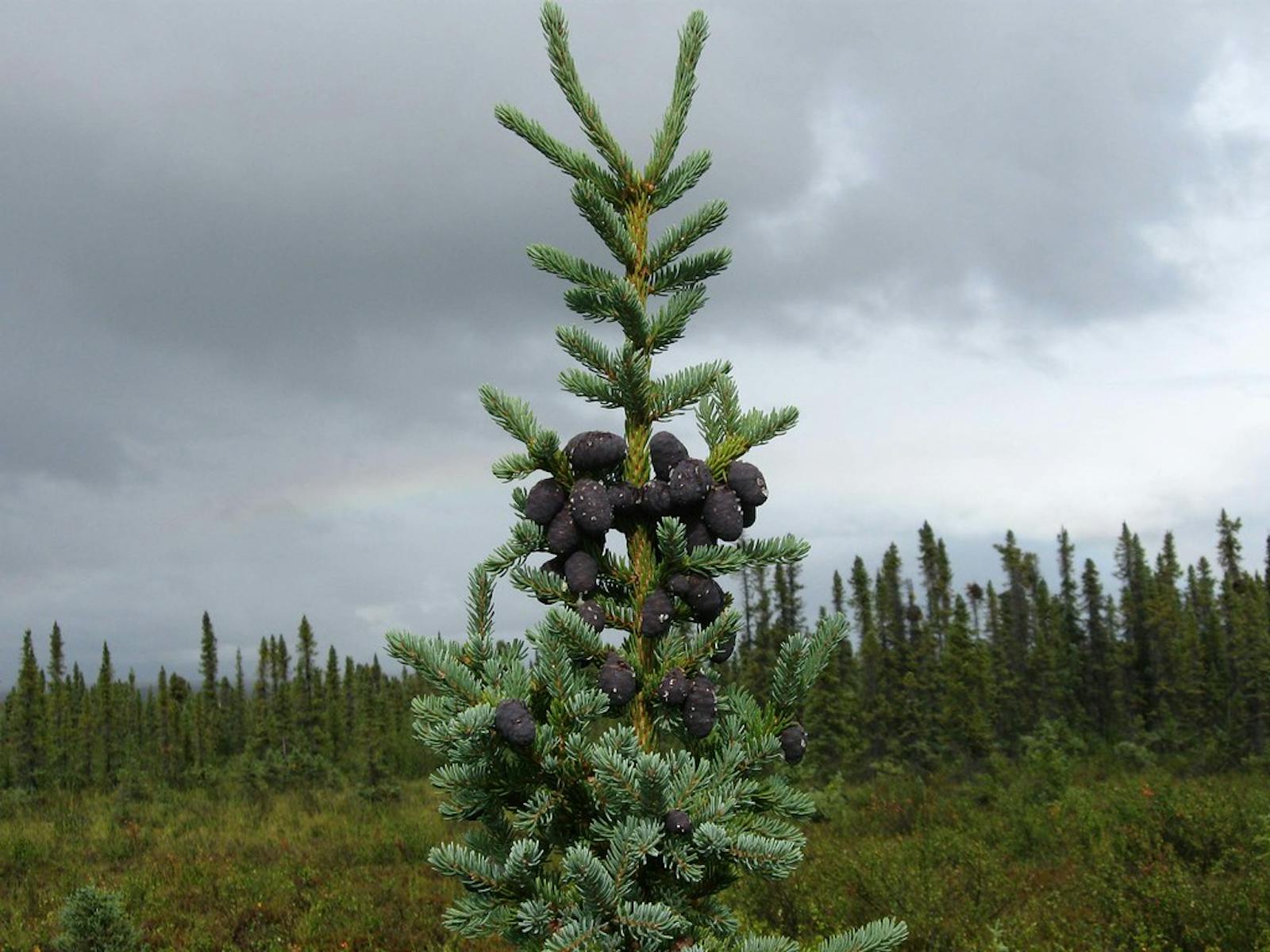Copper Plateau Taiga
The ecoregion’s land area is provided in units of 1,000 hectares. The conservation target is the Global Safety Net (GSN1) area for the given ecoregion. The protection level indicates the percentage of the GSN goal that is currently protected on a scale of 0-10. N/A means data is not available at this time.
Bioregion: Greater Alaska Taiga & Tundra (NA4)
Realm: Subarctic America
Ecoregion Size (1000 ha):
1,719
Ecoregion ID:
372
Conservation Target:
99%
Protection Level:
3
States: United States: AK
Most of the Copper Plateau Taiga ecoregion was a large lake during part of the Pleistocene. The terrain is a low (420–900 m elevation) flat to gently rolling plain surrounded by mountain ranges. The Alaska-St. Elias Range Tundra ecosystem surrounds most of the Copper Plateau Taiga, except the Pacific Coastal Mountains Icefields and Tundra ecoregion forms the southern boundary of the Copper Plateau Taiga.
With 30% of its area formally protected and 67% of habitat outside protected areas still intact, the Copper River Taiga ecoregion, along with most of the other boreal and tundra ecoregions of Alaska and Canada, constitute some of the wildest lands remaining on Earth. Most of the lower-elevation portion of the immense (53,321 km2) Wrangell-St. Elias National Park and Preserve, the largest U.S. national park, lies within this ecoregion.
Shallow permafrost and poor drainage across most of the Copper Plateau Taiga ecoregion create a landscape of lakes, wetlands, and boggy coniferous forests and woodlands. The climate is continental, with an average winter daily minimum temperature of -27ºC and an average daily summer maximum temperature of 21ºC. Average annual precipitation ranges from 250 mm to 460 mm, increasing from south to north. Soils are generally shallow to permafrost. Black spruce is the dominant tree across the ecoregion.

The flagship species of the Copper Plateau Taiga ecoregion is the black spruce. Image credit: Creative Commons
Scrub bogs are dominated by dwarf birch (also known as resin birch), arctic dwarf birch, and hybrids of the two, along with many ericaceous (heath family) shrubs. Other common plants in black spruce woodlands and scrub bogs are green alder, crowberry, Labrador tea, shrub cinquefoil, bog blueberry/bilberry, and several species of willows. Sphagnum and other mosses are also abundant. Fire is not as frequent in this ecoregion as in some other boreal/taiga ecoregions, but it is common enough that it is rare to find black spruce trees older than about 100 years.
Herbaceous wetlands dominated by various species of grasses and sedges, as well as common spikerush, horsetails, buckbean, arctic sweet coltsfoot, and the shrubs Cassandra, sweetgale, and bog rosemary are also abundant. River corridors with natural levees or terraces and other reasonably well-drained uplands with limited permafrost support forests of white spruce, occasionally mixed with paper birch, black cottonwood, or quaking aspen. River terraces also support thickets of alder and willow and balsam poplar forest grading into white spruce forest. The Chitina River valley is home to plants rare in Alaska, such as thinleaf cottonsedge and Rolland’s bulrush.
South-facing bluffs along rivers, including the Chitina and Copper Rivers, contain a number of rare and endemic plants, suggesting that these areas may have been ice-free refugia during the most recent (Wisconsin) glaciation. The northern (especially north-central) portion of the ecoregion supports a large population of breeding trumpeter swans, whereas the western portion is used as a migration route by the Nelchina caribou herd. The Copper River supports healthy salmon runs, especially of king (chinook) and sockeye salmon.
The chief threat to this ecoregion is logging, especially in the Copper River valley and on Native corporation lands. A major gap in the protected area system is the lake country in the northern portion of the ecoregion.
Priority conservation actions for the next decade are to: 1) increase the area of land designated for protection—at least 50% protection is appropriate for this ecoregion; 2) reduce the level of timber harvest; and 3) carefully manage tourism and recreation throughout the ecoregion to sustain its wild character.
Citations
1. Ricketts, T.H. et al. 1999. Terrestrial Ecoregions of North America: A Conservation Assessment. Island Press, Washington, D.C.
2. Plant communities of Wrangell-St. Elias. National Park Service. https://www.nps.gov/wrst/learn/nature/plants-communities.htm
3. Wrangell-St. Elias National Park and Preserve. https://en.wikipedia.org/wiki/Wrangell–St._Elias_National_Park_and_Preserve




